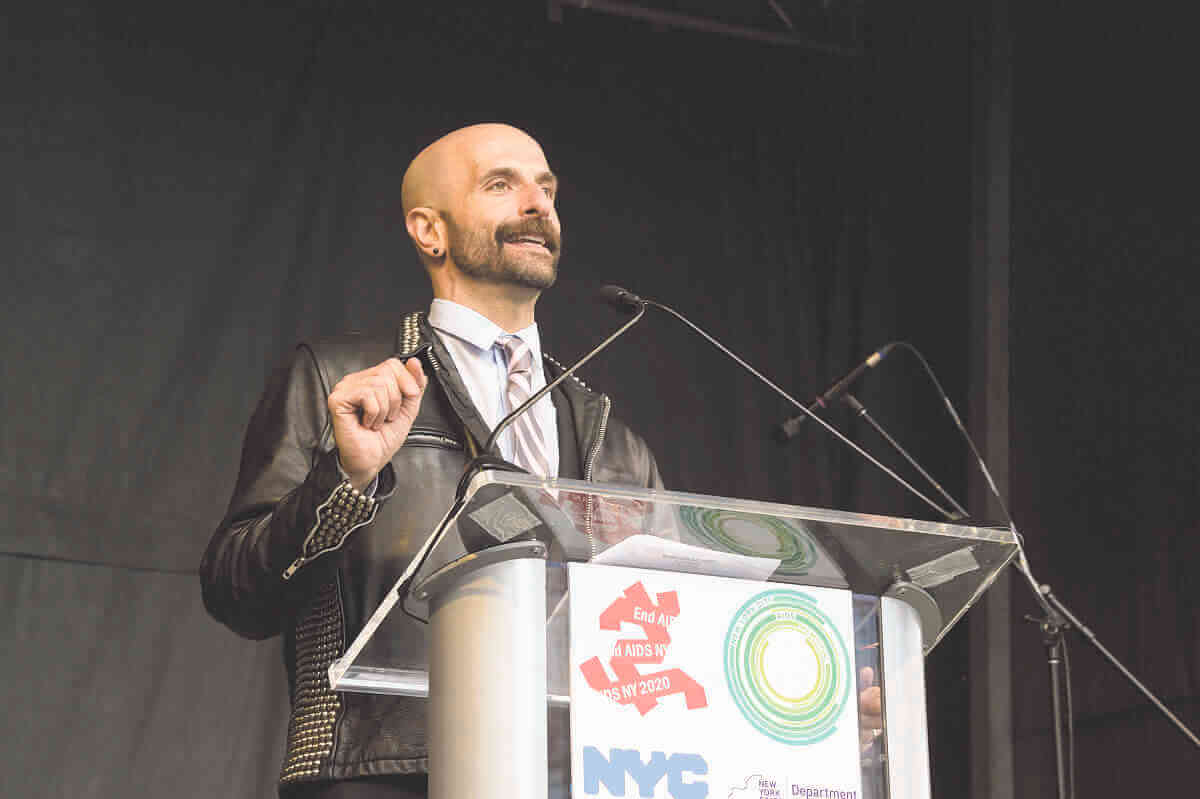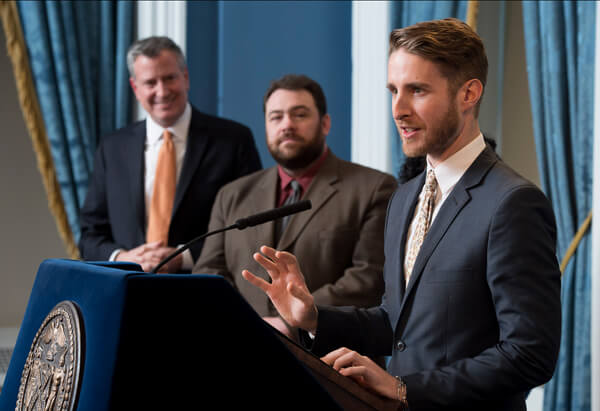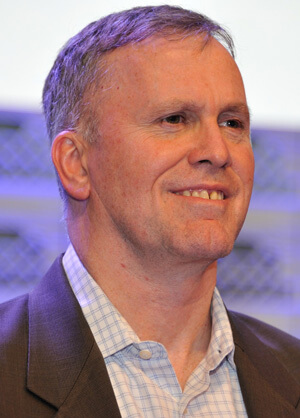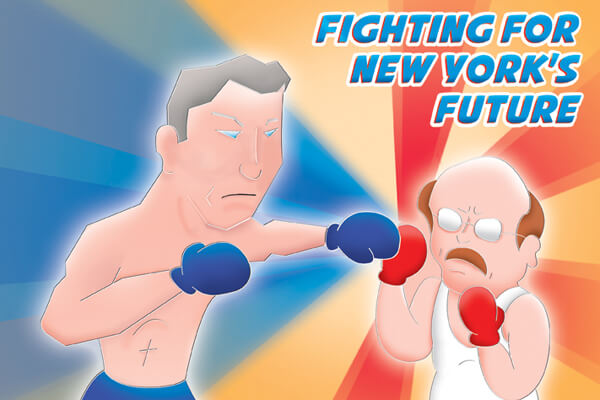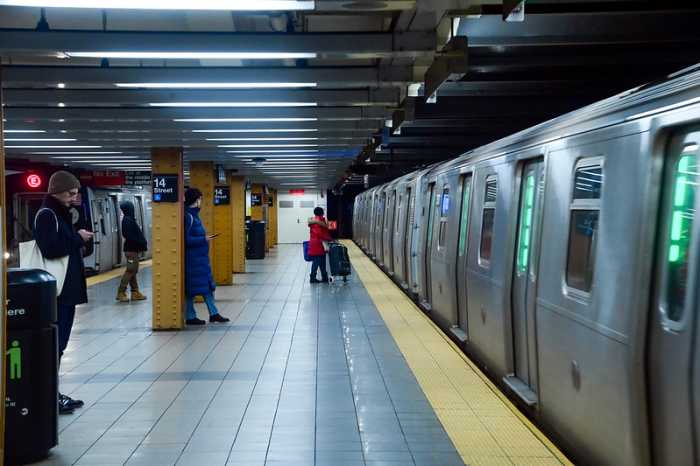While the de Blasio administration said that 93 percent of the people newly infected with HIV in 2018 were diagnosed, 90 percent of the people diagnosed were in treatment, and 92 percent of people in treatment had achieved viral suppression, it used different data and reported different results in a city health department report that was issued in November.
“They have a different denominator than we do,” Dr. Demetre Daskalakis, the deputy commissioner in the Division of Disease Control in the city health department, said of the discrepancies outside a City Council hearing on December 9.
Getting to 90 percent of people with HIV diagnosed with 90 percent of people diagnosed in treatment and 90 percent of people in treatment with the virus suppressed to the point they cannot infect others are goals developed by the Joint United Nations Programme on HIV/ AIDS (UNAIDS). Jurisdictions, such as New York City, can register with Fast-Track Cities, a website administered by the International Association of Providers of AIDS Care (IAPAC), where their progress on the goals is tracked.
In a 3,000-word, December 2 press release, the de Blasio administration trumpeted hitting the 90 90 90 goals and 23 HIV activists and local, state, and federal elected officials were quoted in the press release celebrating the city’s achievement.
“Years of hard work and determination have put New York front and center in the global fight against HIV/ AIDS,” Mayor Bill de Blasio said in the press release. “With more New Yorkers receiving treatment than ever, the day of zero diagnoses is closer than ever, something many believed unthinkable not so long ago. We will not rest until we end the epidemic once and for all.”
But when the city presented similar estimates for 2018 in its annual HIV surveillance report, which was released on November 22, it calculated that 93 percent of the 90,800 people living with HIV in New York City had been diagnosed in 2018 or earlier, 87 percent of the 90,800 were “retained in care,” 83 percent of the 90,800 were taking anti-HIV drugs, and 77 percent of the 90,800 were virally suppressed.
Different denominators, different results.
“We have a lot of ways to assess our performance,” Daskalakis said.
In 2014, de Blasio and Governor Andrew Cuomo endorsed the Plan to End AIDS. That ambitious undertaking sought to end the HIV epidemic in New York and proposed to measure its success using a number of metrics. The plan used a classic public health strategy of jumping on an existing decline in disease incidence with new interventions to accelerate that decline. By any measure, the plan has racked up a number of successes.
The already substantial declines in estimated new HIV infections among drug injectors, which were once at thousands annually, were at 24 in 2018. There were zero mother-to-child transmissions last year. For the first time since 2001, new HIV diagnoses fell below 2,000 in 2018 at 1,917.
But the question becomes how will the end of AIDS be measured?
Originally, the goal was to get to an estimated 750 new HIV infections in New York in 2020, with 600 of those occurring in New York City. But the federal Centers for Disease Control and Prevention, which funds a great deal of the state and local HIV prevention efforts, effectively imposed a new method of estimating new HV infections on state and local health departments in 2017. Those original goals, which were already very ambitious, were placed out of reach.
“I don’t have a number for you yet because we rely on the state to lead the way,” Daskalakis said during testimony at the City Council.
Charles King, the chief executive at Housing Works and the plan’s lead proponent, told Gay City News that the new goal was likely to be in the range of 1,000 to 1,300 estimated new HIV infections annually by 2020. But achieving that might not end the epidemic. Using one number for estimated new HIV infections suggests that those infections are distributed evenly among different demographic groups. They are not.
Among the 1,917 new HIV diagnoses in 2018, 1,487, or 77 percent, occurred among men. Forty-one percent of the new HIV diagnoses among men were among African-American men, 39 percent were among Latino men, and 67 percent of the new HIV diagnoses among men were attributable to men who have sex with men (though 25 percent of the total diagnoses among men had an unknown transmission risk). Insofar as new diagnoses are a surrogate for new HIV infections, the new HIV infections are occurring disproportionately among African-American and Latino men who have sex with men. While the number of new HIV diagnoses attributable to sexual contact among transgender people was small in 2018 at 56, the recent infection increases in that population are troubling.
If 2020 arrives and there are, for example, an estimated 800 new HIV infections among African-American and Latino men who have sex with men — which would represent a significant decline from the 2018 level — with another 75 among transgender people, it is inconceivable that any HIV group or any advocate, such as King or Daskalakis, would call that a success.
“I’m not ready to say we have achieved every threshold for every group,” King told Gay City News adding that in 2020 “I’m not going to be saying ‘Victory, it’s over and done.’”
While congratulating the city on the 90 90 90 goals, Mark Levine, who chairs the City Council’s Committee on Health and represents parts of Manhattan’s Upper West Side and Washington Heights, noted that the data was not uniformly great.
“But there are areas where the numbers are not moving in the right way,” Levine said referring to transgender people and men who have sex with men.
Daskalakis said the city is confronted with false statements about the safety of some new interventions, notably pre-exposure prophylaxis (PrEP), and also with the use of methamphetamine or opioids in those groups.
More than 50 organizations complained to Facebook this week about ads by personal injury attorneys they charge misrepresent the risks of PrEP and discourage its use.
“We have a little bit of medical mistrust,” he said. “Unfortunately, there’s been some compounding of that messaging on social media… We’re currently trying to unpack that.”

ED REED/ OFFICE OF THE MAYOR

